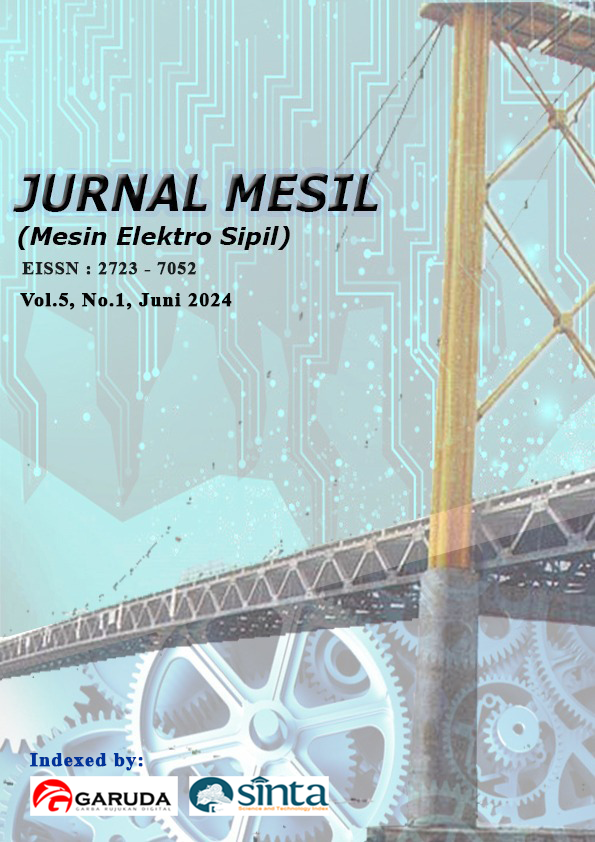Identifikasi Karakteristik Arsitektur Kolonial pada Fasad Bangunan Istana Karang, Istana Benua Raja dan Pendopo Bupati Aceh Tamiang
DOI:
https://doi.org/10.53695/jm.v5i1.1003Abstract
Indonesia is a country that has diverse natural and cultural wealth, this makes many countries from all over the world come to Indonesia. The Dutch began to enter and continue shipping and spread throughout Indonesia, including Aceh Tamiang, then left behind several historical legacies. One of the legacies of the Dutch nation that still exists today is in the form of building objects where the influence of Dutch culture can be seen from the architecture of buildings called Colonial architecture. After the arrival of the Dutch, bringing in their cultural influence and architectural form, several buildings began to spread with the influence of Dutch architecture in Aceh Tamiang, such as the Karang Palace, Benua Raja Palace, and Aceh Tamiang Regent's Hall. These three buildings still stand strong, where the characteristics of Colonial architecture can be seen for the first time on the facades of the buildings. This research is descriptive qualitative research through literature study, interviews and direct observation in the field. This research was carried out to find out the form of Dutch cultural influence in the field of architecture through identifying the characteristics of Colonial architecture on the facades of the Karang Palace, Benua Raja Palace and Aceh Tamiang Regent's Hall.Downloads
Downloads
Published
How to Cite
Issue
Section
License

This work is licensed under a Creative Commons Attribution-ShareAlike 4.0 International License.
This is an open-access journal. All works published under Creative Commons license CC-BY-SA which mean that all content is freely available at no charge to the user or his/her Institution. User are allowed to read, download, copy, write, improve, and create derivative creation even for other lawful purposes, this license permits anyone to, as long as they cite and license the derivative creation under similar terms

Jurnal Mesil (Mesin Elektro Sipil) is licensed under a Creative Commons Attribution-ShareAlike 4.0 International License.



